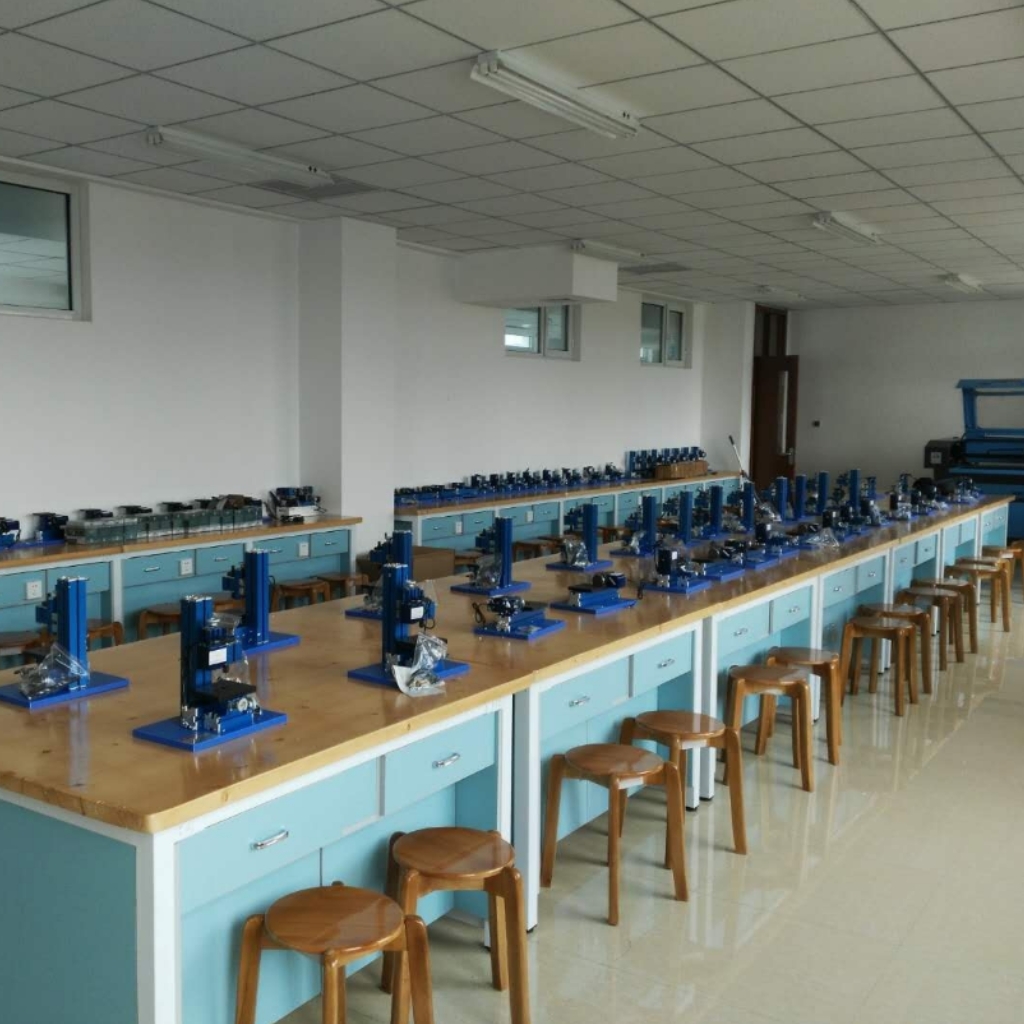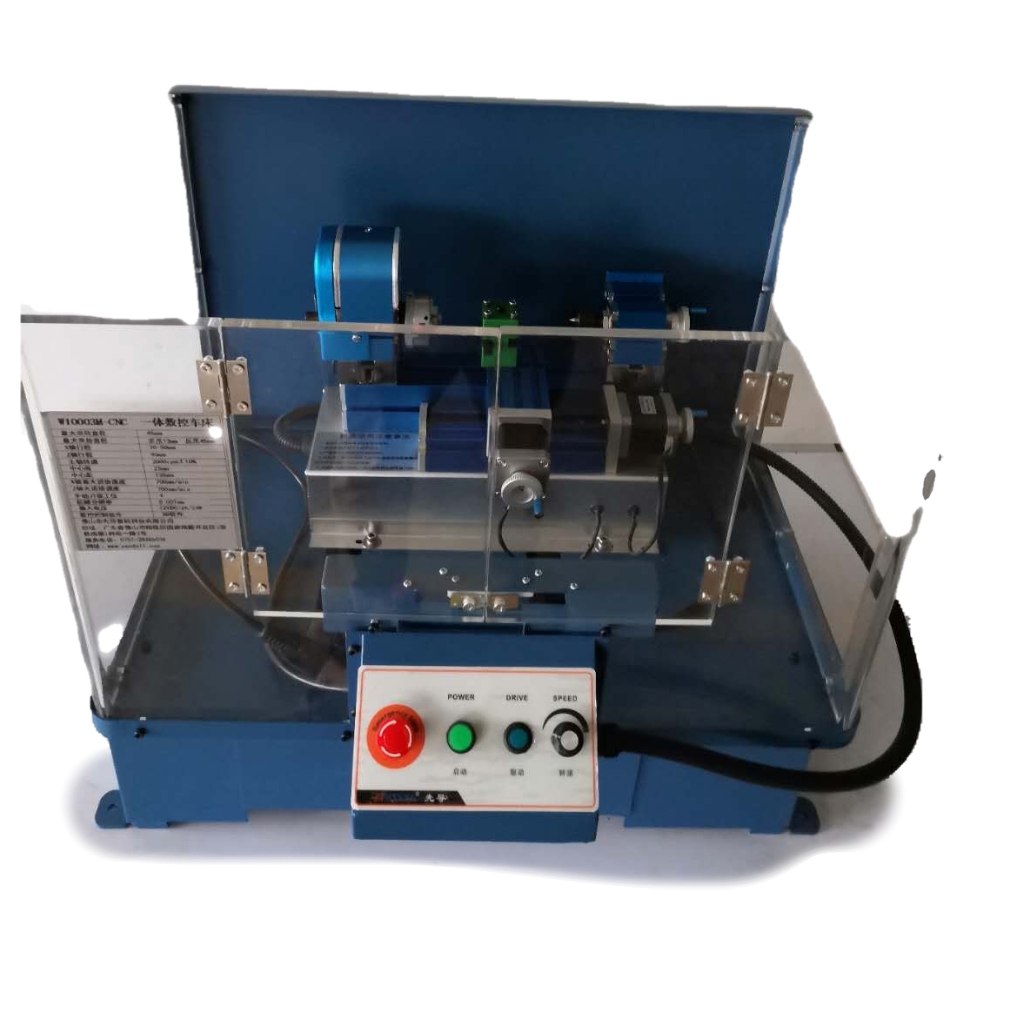Blog
Xendoll has 22 years of experience in the production of small machine tools. We will help you choose the suitable machine and share our experience in CNC machining with you.
 May 06, 2025
May 06, 2025

 890
890
In an era where STEM (Science, Technology, Engineering, and Mathematics) education is critical to nurturing future innovators, integrating practical tools into curricula has become a necessity. Among these tools, high-quality mini-lathes stand out as versatile, compact, and accessible machines that empower students to transform theoretical concepts into tangible creations. Designed for precision and adaptability, mini-lathes are no longer confined to industrial workshops—they are now vital assets in classrooms, makerspaces, and even home labs. This article explores the role of mini-lathes in STEM education, their benefits for learners and educators, and how investing in reliable equipment can shape tomorrow’s engineers and problem-solvers.
I. Why Mini-Lathes Belong in STEM Classrooms
Practical Application of STEM Concepts
Mini-lathes provide a hands-on platform for students to apply principles of physics, mathematics, and engineering. Tasks like calculating feed rates, understanding torque, or designing mechanical components reinforce classroom theories. For instance, machining a simple gear involves geometry (tooth profile), material science (metal properties), and kinematics (motion transmission)—all within a single project.
Fostering Creativity and Problem-Solving
Unlike passive learning methods, mini-lathes encourage experimentation. Students learn to troubleshoot issues like tool chatter or misalignment, developing critical thinking skills. A failed cut becomes a lesson in material hardness or spindle speed adjustment, turning mistakes into growth opportunities.
Preparation for Advanced Manufacturing Careers
With industries increasingly adopting CNC (Computer Numerical Control) technologies, familiarity with manual lathes builds foundational skills. Mini-lathes introduce learners to machining basics—facing, turning, threading—that are transferable to advanced systems. This bridges the gap between education and real-world applications.

II. Key Features of a High-Quality Mini-Lathe for Education
Not all mini-lathes are created equal. To maximize educational value, educators and institutions should prioritize the following:
Precision and Durability
A high-quality mini-lathe offers tight tolerances (e.g., ±0.001") and robust construction. Cast iron frames reduce vibration, ensuring smooth operation even during complex tasks. Durable machines withstand frequent classroom use and minimize maintenance downtime.
Safety and User-Friendly Design
Safety features like emergency stops, protective guards, and clear operational guidelines are non-negotiable. Additionally, intuitive controls and ergonomic setups accommodate users of varying skill levels, from middle schoolers to university students.
Versatility and Scalability
Look for lathes compatible with accessories like digital readouts (DROs), 3-jaw chucks, or milling attachments. Modular designs allow educators to expand capabilities as students progress, supporting projects from basic turning to intricate prototyping.
Affordability Without Compromise
While budget constraints are a reality, opting for cheap, low-grade lathes risks poor performance and safety hazards. Reputable manufacturers balance cost and quality, ensuring long-term value for schools and hobbyists alike.
III. Case Studies: Mini-Lathes in Action
High School Robotics Teams
In Ohio, a high school robotics club uses mini-lathes to fabricate custom components for competition robots. Students learn CAD (Computer-Aided Design) alongside machining, creating everything from axle mounts to sensor brackets. The hands-on experience has boosted team performance and student interest in engineering careers.
University Engineering Labs
A technical university in Germany integrated mini-lathes into its introductory mechanical engineering course. By machining simple parts like bushings and bolts, students grasp tolerancing and metrology—skills later applied to CNC projects.
Community Makerspaces
Makerspaces in Australia and Canada offer mini-lathe workshops for teens and adults. Participants build practical items (e.g., chess pieces, tool handles) while gaining confidence in machining. These programs often collaborate with local manufacturers, creating pathways to apprenticeships.
IV. Overcoming Challenges in Implementation
Budget Constraints
Grants, partnerships with local industries, and phased purchasing plans can help schools acquire equipment. Emphasizing the long-term ROI—enhanced student outcomes and workforce readiness—strengthens funding proposals.
Teacher Training
Professional development workshops are essential to equip educators with machining skills and safety protocols. Online resources and manufacturer-led training programs further support seamless integration.
Curriculum Alignment
Mini-lathe activities should align with existing STEM standards. For example, a project on machining a pulley system can tie into physics lessons about mechanical advantage and energy transfer.

V. The Future of Mini-Lathes in STEM
As additive manufacturing (3D printing) gains traction, subtractive methods like lathing remain irreplaceable for teaching material properties and precision. Future advancements may include hybrid machines combining 3D printing and CNC lathing, offering students a holistic view of modern manufacturing.
Moreover, the rise of remote learning has spurred demand for compact, home-friendly lathes. Portable yet high-quality mini-lathes enable students to continue honing skills outside traditional classrooms—a trend likely to persist post-pandemic.
Mini-lathes are more than tools; they are gateways to innovation. By investing in high-quality machines, educators empower students to think critically, create confidently, and embrace the challenges of tomorrow’s industries. For mechanical dealers and educational suppliers, promoting mini-lathes tailored to STEM needs isn’t just a business opportunity—it’s a contribution to building a skilled, curious, and capable generation.
Whether you’re a teacher designing a curriculum, a hobbyist exploring new projects, or a dealer seeking reliable equipment, the message is clear: In the world of STEM education, mini-lathes are small in size but monumental in impact.
For details, please refer to the following link:
https://www.xendolltools.com/category/micro-cnc-machine.html



 Show all our samples
Show all our samples
 Provide you with a free quote
Provide you with a free quote
 Answer all the questions you may have
Answer all the questions you may have
 Guided installation and other options
Guided installation and other options